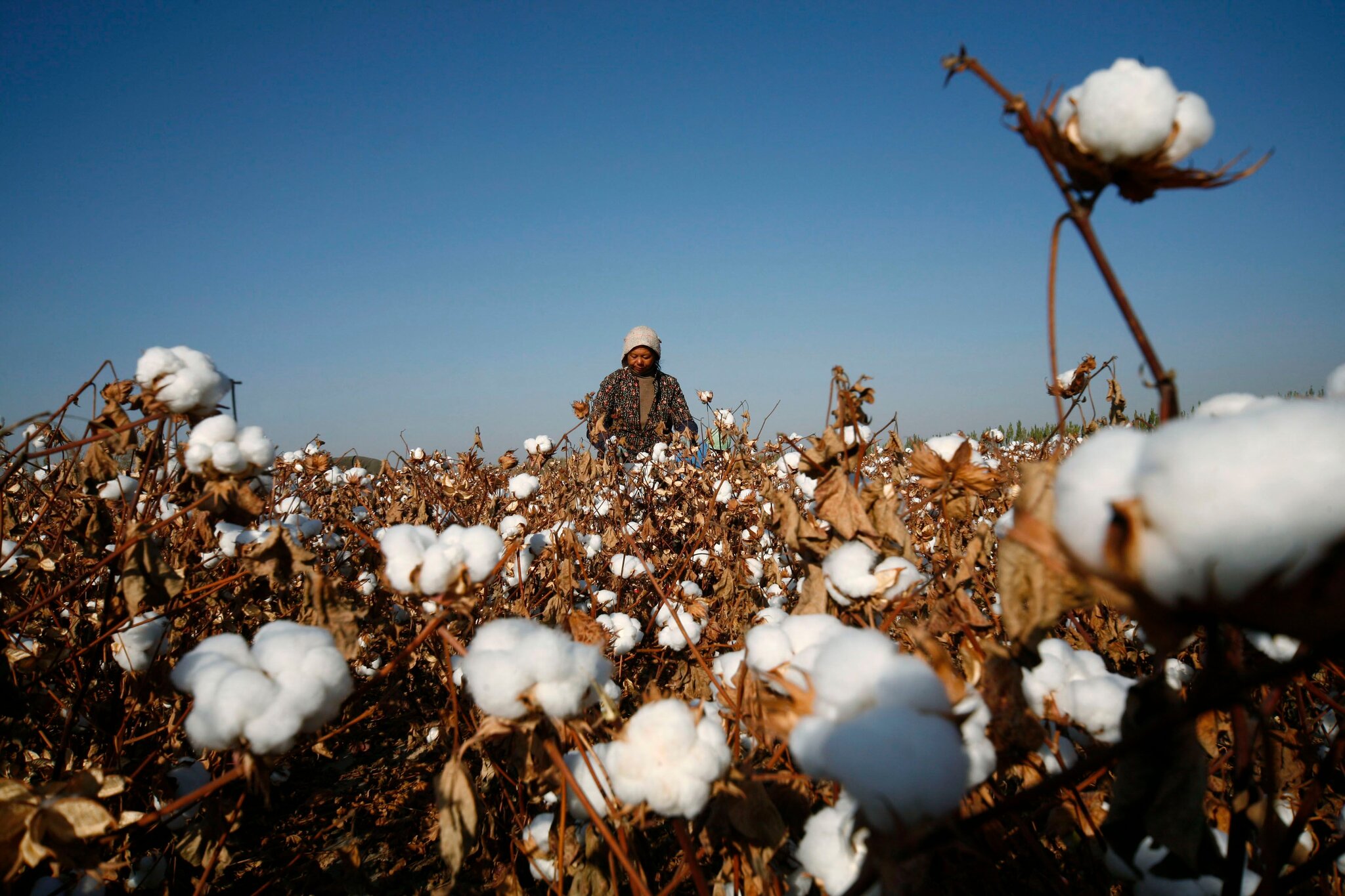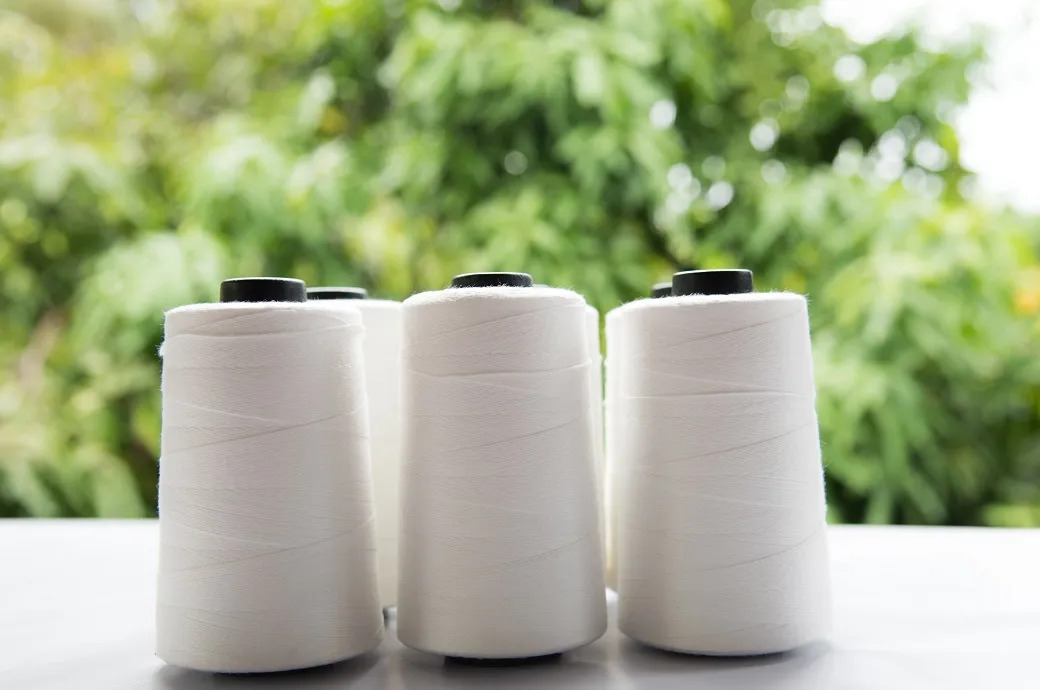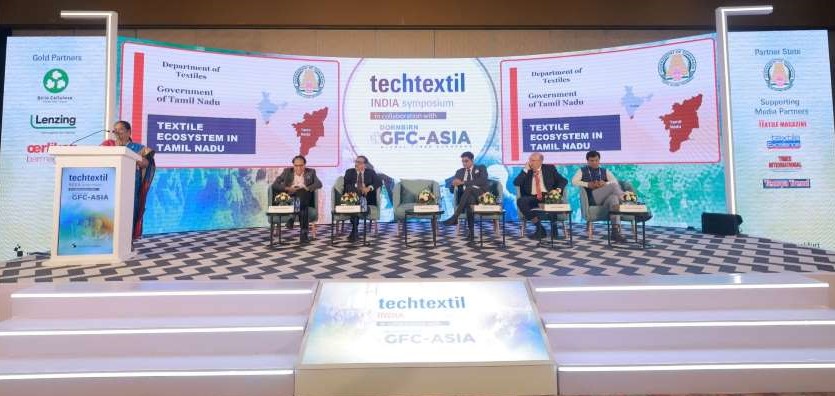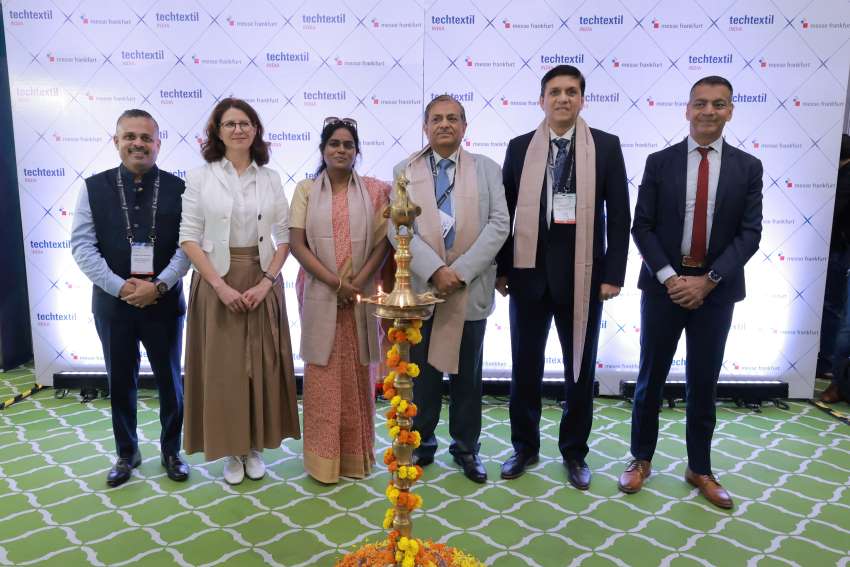
Having suffered considerable decline during the pandemic, the Indian textile industry is on a road to recovery. Contributing almost 7 per cent to India’s GDP in 2019, the industry is expected to grow at a CAGR of 10 per cent from 2019 to 2026 to reach $190 billion by 2026 and further to $209 billion by 2029.
The industry has been attracting significant investments for the last few years. From April 2000 to December 2020, foreign direct investment into the sector was $3.75 billion. The ICIL also invested $2.6 million in the sector in May 2021. Besides, the government authorized 100 per cent automation in the sector. Investments are being attracted through two new programs: Scheme for Capital Building (SCBTS), Production-linked Incentive (PLI). Together, these two schemes are helping the industry improve output and exports. By 2025, investments in the sector are likely to reach $120 billion and exports S$ 300 billion.
Positive future outlook
Known for the use of a wide variety of natural and synthetic fibers and yarns, the textile industry in India is technologically advanced and capital-intensive. Growing trade mechanization has created huge opportunities. Reaching a value of $121 billion, the Indian textile sector is projected to be the second most attractive market by 2025. India’s robust GDP growth is increasing the spending power among consumers, boosting demand for textile and apparel products. One of the most diverse textile industries across the globe, it offers hand-woven textiles on one end and capital-intensive mills on the other. This increases the range of possibilities.
Growth obstacles
Despite numerous investment opportunities and bright future prospects, the India’s textile industry also faces many challenges. Frequent policy changes both at the state and national level create several obstacles in the sector’s growth. The industry also suffers due to GST on its products that make them costly.
Another challenge faced by the industry is lack of access to latest technologies and machines. It is also unable to fulfill global export market criteria and faces obstacles like child labor, competition from neighboring low-cost clothing making countries and personal safety regulations.
Reforms the need of hour
To overcome these challenges, India’s textile sector needs to increase its competitiveness by modifying certain practices and implementing new ones. It also needs to emphasize on technological upgradation and capacity expansion. Government clearance for effluent treatment facilities to elevate the commercial market in its entirety is also advocated.
Supporting small and large-scale players can help the industry reach new heights. In addition, the sector needs to educate workers to suit changing needs of contemporary market besides decreasing taxes on government-subsidized exports. Sufficient gas supply would also help the textile industry continue operations unhindered. Besides, the government needs to create capital subsidies, provide a single point of contact for resolving industry issues a set price for yarn on an annual basis.
The rise in disposable income has boosted demand for India’s textile products both locally and internationally. The future is also brightened with rapid expansion of the retail sector, government subsidies and investments.












